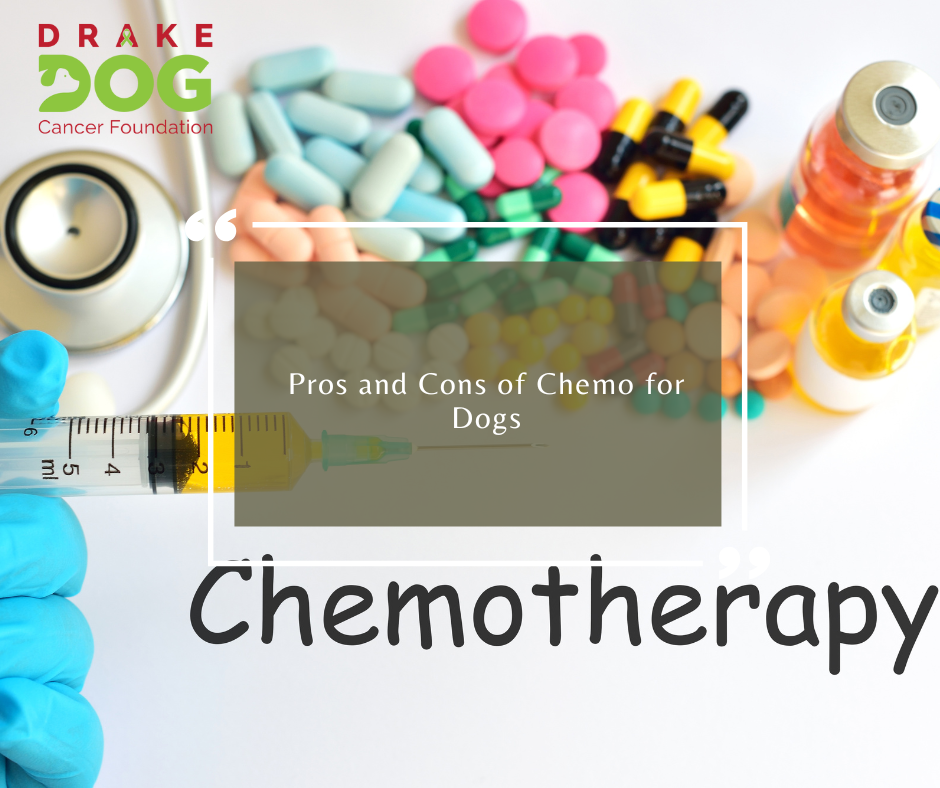Chemotherapy is the use of chemical compounds to destroy cancer cells or prevent them from replicating. Chemotherapy is used to target and kill rapidly replicating cells. It does so by attacking certain cellular processes (such as DNA replication) or by disrupting other cellular functions that are required for cell replication. Cancer is a condition in which cells divide (or replicate) uncontrollably, quickly, and unpredictably.
In the normal course of things, cells in many regions of the body divide rapidly and continually, but unlike cancer, they do so in a controlled manner. These include the skin (particularly the hair follicles), the intestine, and the bone marrow. Because chemotherapy targets rapidly dividing cells, it can affect both normal and cancerous cells (and is unable to distinguish between them).
When is Chemo Used?
Chemotherapy is typically utilized when cancers are extensive or there is a high or immediate risk of spread from the main tumor site. It’s frequently utilized after tumors have been surgically removed. Chemotherapy aids in the control of cells that may have been left behind in these circumstances (microscopic disease). Chemotherapy can help to keep these cells under control for a long time.
“In some cases, chemotherapy is started prior to surgery.”
Although chemotherapy is the primary treatment for some cancers, such as lymphoma (cancer affecting white blood cells), it is rarely used as a sole treatment method.
In some cases, chemotherapy is started prior to surgery. Shrinking the tumor can make the surgery more manageable (and easier on your pet) and improve outcomes.
How is Chemo Given?
Chemotherapy is administered in a variety of methods due to the fact that it comes in a variety of forms. The type of chemotherapy medicine and the treatment schedule employed. The use of metronomic regimens for chemotherapy delivery is becoming more common in certain forms of cancer. Metronomic refers to the distribution of low-dose chemotherapy medications on a regular basis, usually every day or every other day.
The ability of tumors to generate and expand blood vessels has been found to be reduced by metronomic chemotherapy. Your veterinarian or veterinary oncologist will discuss this therapy with you if it is an option for your pet.
The use of metronomic chemotherapy delivery methods for specific forms of cancer is becoming more common. Metronomic chemotherapy refers to the administration of low-dose chemotherapy medications on a regular basis, usually every day or every other day. The ability of tumors to form and expand blood vessels has been found to be reduced by metronomic chemotherapy. Your veterinarian or veterinary oncologist will discuss this treatment option with you if it is appropriate for your pet.
What Are the Side Effects of Chemotherapy?
Chemotherapy side effects are linked to the effects of chemotherapy on both normal and malignant cells. Chemotherapy, for example, can disrupt hair follicles’ quickly dividing cells, leading to haircoat loss (or thinning). It can also impact the cells of the intestine, which divide rapidly as well. As a result, some pets may experience vomiting or diarrhea within 3-5 days of receiving chemotherapy.
“Your pet may become prone to infections, and exhibit signs such as lethargy, reduced appetite, and fever.”
Chemotherapy can also harm the bone marrow, specifically the creation of blood cells. The bone marrow produces white blood cells, red blood cells, and clotting cells (platelets) that are constantly duplicated to replenish the body.
The first cells to be affected are white blood cells (infection-fighting cells). As a result, your dog may become vulnerable to infections and exhibit symptoms such as lethargy, decreased appetite, fever, and the appearance of illness. Regular bloodwork is performed to check cell levels and alter treatment as necessary to keep your pet healthy and happy.
Misconceptions about Therapy
A cancer diagnosis, whether in a person or a pet, is always upsetting. On top of that, the prospect of chemotherapy can be unpleasant, and most pet owners believe that their pet’s side effects will be the same as people’s, but this is not the case.
The main goal of cancer treatment for pets is to keep cancer at bay while maintaining their quality of life. Chemotherapy regimens for pets are specifically intended to ensure that the treatment does not worsen the disease.
Chemotherapy is easily tolerated in most dogs as a result of this. Chemotherapy will have no harmful effects on about 80-85 percent of pets. Approximately 10-15% will have minor symptoms and will be treated as outpatients (rather than being admitted to the hospital), while only about 5% will have severe symptoms that will necessitate hospitalization and intensive care.
Many Cancers Can be Managed
Cancer is no longer regarded as a death sentence for humans and dogs, but rather as a chronic illness. Many malignancies can now be controlled, and many more can be efficiently treated. More and more therapy alternatives are becoming offered in veterinary care. All treatment choices will be explored with you, including chemotherapy.
Read more:
The Use of Chemotherapy to Prolong the Life of Dogs Suffering from Cancer: The Ethical Dilemma
Factors Which Influence Owners When Deciding to Use Chemotherapy in Terminally Ill Pets

2 thoughts on “Pros and Cons of Chemo for Dogs”